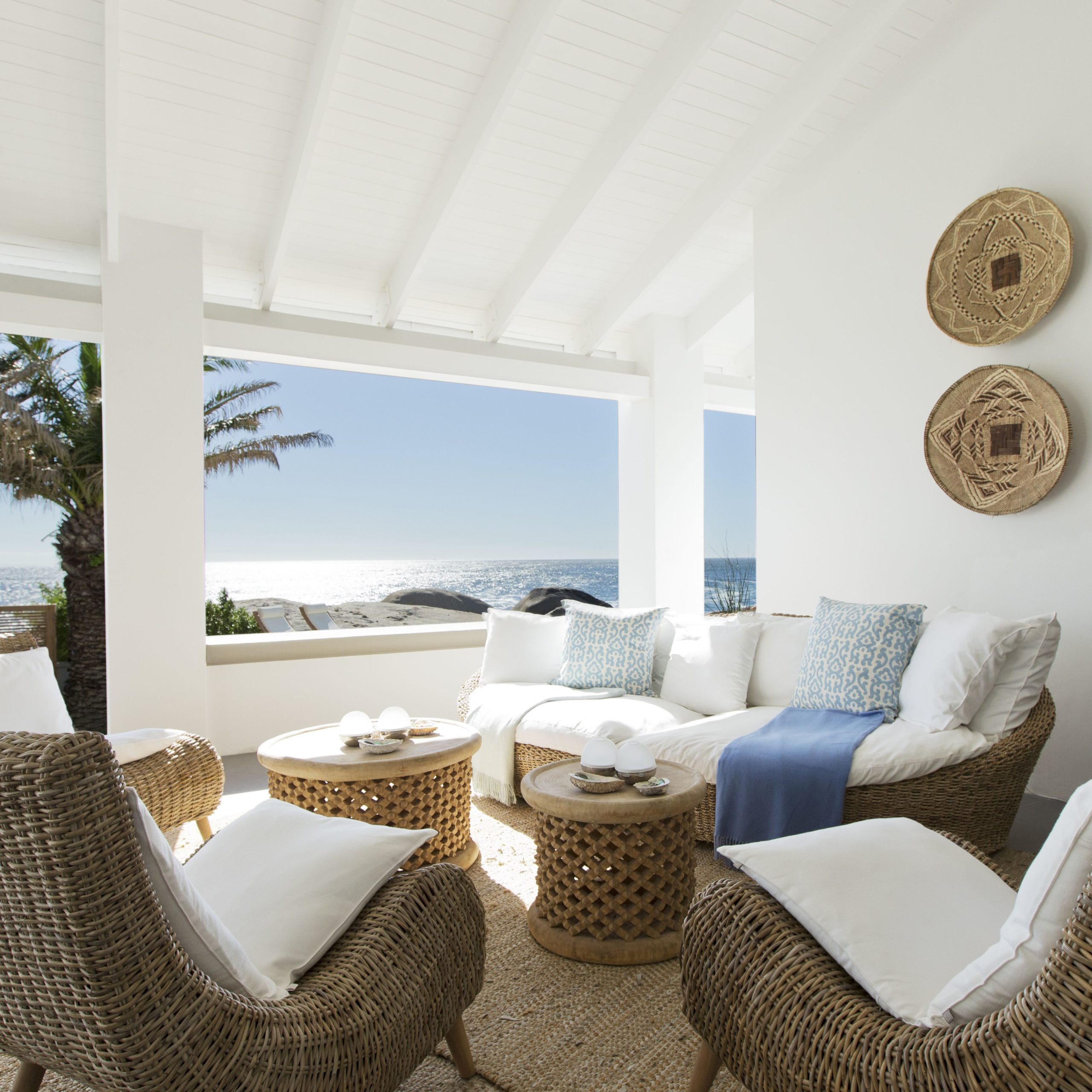Just as fashion, interior design trends keep coming back in modernised forms. That goes for wicker furniture, as well. The last two generations associate wicker furniture with their early childhood in the ‘70s or their parents’ family home.
Even though these connotations are quite right, we might not be aware of how long the tradition of wicker weaving is. Furthermore, we might even not know what really is hiding under the term of wicker, and how many design possibilities the material offers.
To explain to you this specific handicraft and present its broad use in home design we prepared this complex guide over wicker weaving.
What Is Wicker?
At home renovation and furniture stores, we can find various wicker decorations, stools, chairs, outdoor sets (you can click here to see some examples)… Wicker decor is great again! And yet there still is a tendency to use the term wicker incorrectly.
We often confuse wicker with a kind of material, while actually, it’s how this particular weaving method is called. To be more precise — wicker weaving.
Long Story Short — Wicker Weaving
The history of this art of weaving goes back to Ancient Egypt, Rome and the Viking Age. At the very beginning to produce wicker people were using rattan — that is palm fibres. The ancient civilisations were using wicker to make, i.a., different kinds of clothing, utensils, and for home building.
Around 1620 the first wicker chair was brought to America. Between more or less 1860 and 1880 — in the times of the Victorian Era, the famous Victorian wicker art was in full bloom. During this time, wicker craftsmen began to use reed instead of rattan to make furniture, decorations, and baby carriages. Unfortunately, the trend began to fade just as suddenly as it appeared.
At the end of the 19th century, there was shown a great interest in folk art and handcrafts which brought the European wicker craft back to life for a while. And so, almost 80 years later, when the wicker craze ruled interior design trends again, we could rest with a cup of coffee in a wicker chair in almost every home. Now, we’re experiencing another wicker revival!
The Most Common Wicker Weaving Materials
As we mentioned before, wicker itself is not a kind of material. There are different plant to make wicker for furniture production. We’ve already named rattan and reed but where actually do those mysterious fibres come from? And are there more of them? Let’s find out!
Rattan is a fibre from, generally speaking, palm trees. To be more precise, it’s about trees from the Arecaceae family growing in South-East Asia, and that’s where wicker rattan weaving began. Wicker rattan is an extremely durable material. In Asia, natives used to build shelters from rattan. Now we can find, i.a., solid chairs, lounges, and tables made of rattan.
Reed and cane reed are grass-like, wetland plants of broad use in most parts of the world — i.a., Asia, South America, Europe. Both the thin reed and cane reed are known for their use in house constructions and roof proofing. Cane reed was used by Ancient Greeks to make flutes — kalamavlos which literally means ‘cane flute’. You can often find reed in the form of net-like decors on cabinet doors or chair backrests.
Banana is mistakenly considered as a tree. The ‘tree’ part is, in fact, a huge stalk. Both the stalk and leaves are used for making woven furniture, coffers, and decorations.
Water Hyacinth is a water plant growing in the lakes and rivers. Only the stalk of the plant is used for weaving. The fibre of the plant is extremely fragile when dried out, and so is the wicker. If the wicker was not braided tightly, the material will be very brittle and the wicker streaks can stratify easily. Wicker hyacinth weaving tradition comes from Vietnam.
Seagrass used for wicker weaving is not the growing underwater kind of plant. Wicker seagrass is a wild weed of wetlands. Seagrass weaving has its beginnings in Thailand. Fibres of his tall and very durable plant are used, i.a., for weaving baskets and chairs or reinforcing the construction of woven furniture.
Wicker Decor and the Scandinavian Design
In opposition to the floods of cheap plastic and different artificial materials, look for natural fibres. Artificial is kitschy and definitely not consistent with the still growing green spirit. The trend of Scandinavian design became known worldwide for a reason — it’s smart, fashionable, and responsible.
Scandinavia is associated with living in harmony with nature, peace, and showing respect to each other and in general terms — to work, to different cultures, and to the environment. The values actually are reflected in the Scandinavian minimalistic idea of design.
Wicker furniture and decorations are a great part of the idea. Natural, sustainable home furnishing and equipment is a distinctive expression of resistance to pretentious luxury and the industry of cheap mass production. The beauty of nature and simplicity is making a great comeback to today’s sense of aesthetics.
